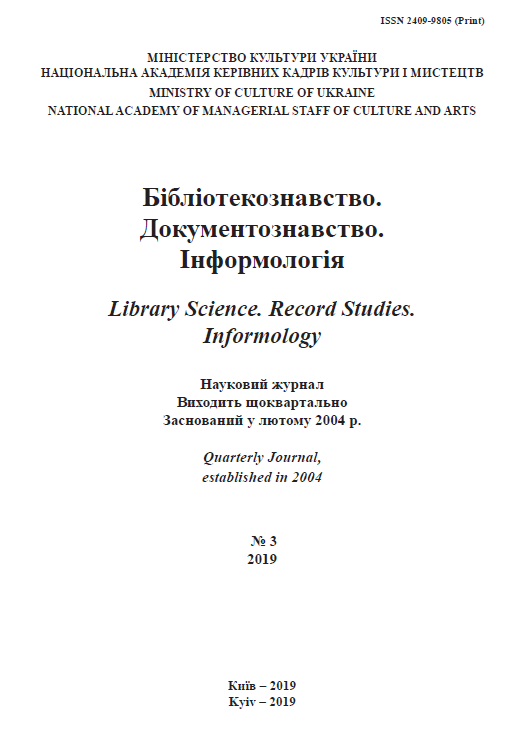Author(s): Florentina Udrea (Manea) / Language(s): Romanian
Issue: 25/2018
The sculptor Dumitru Mățăoanu was born in 1888, in Mățău, Mioarele Commune, Argeș County. He studied at the Art School, in Bucharest, and with the help of a scholarship provided by the Orthodox Women of Romania Society, he will complete his art training in Paris, at the École Nationale Supérieure des Beaux-Arts, in the Sculpture department. During the First World War, he joins the army, as a result of the nr. 9400 Memo of June 23-rd 1917, issued by general Constantin Prezan, the Chief of Staff of the Romanian Army. This fact explains the abundance of works carried out by him, after 1920: memorial, commemorative and funerary works of art for the heroes of the „Great War”, soldiers and officers, alike. He’s the author of dozens of works, from the South of Romania: București (B), Budișteni, Câmpulung-Muscel, Mățău, Bălilești, Rucăr (AG), Greci, Tâncăbești, Tunari-Dimieni (IF), Techirghiol (CT), Slatina (OT), Provița (PH), Alexandria, Roșiori de Vede, Zimnicea (TR), Pătârlagele (BZ), Muntele Găina (CJ), Poiana Mare (DJ), Găiești (DB), Pietroșani (GR), and 8 of these works are historical monuments. This article contains three inventory files for three distinct types of works by the artist, created in remembrance of the First World War: a bust, a historical monument; depicting a combat ready soldier, a work considered for joining the Historical Monuments’ List of Romania; and an Obelisk. The bust is in Bucharest, the other two works are found in Argeș County. The inventorying, photography and mapping process of commemorative, funerary-memorial works (250 items) of Argeș County, erected in remembrance of the First World War heroes was implemented in 2017, by a National Institute of Heritage team, in a project funded by the National Cultural Fund Administration. Of the 250 items, only five are part of the historical Monuments’ List of 2015.
More...

















